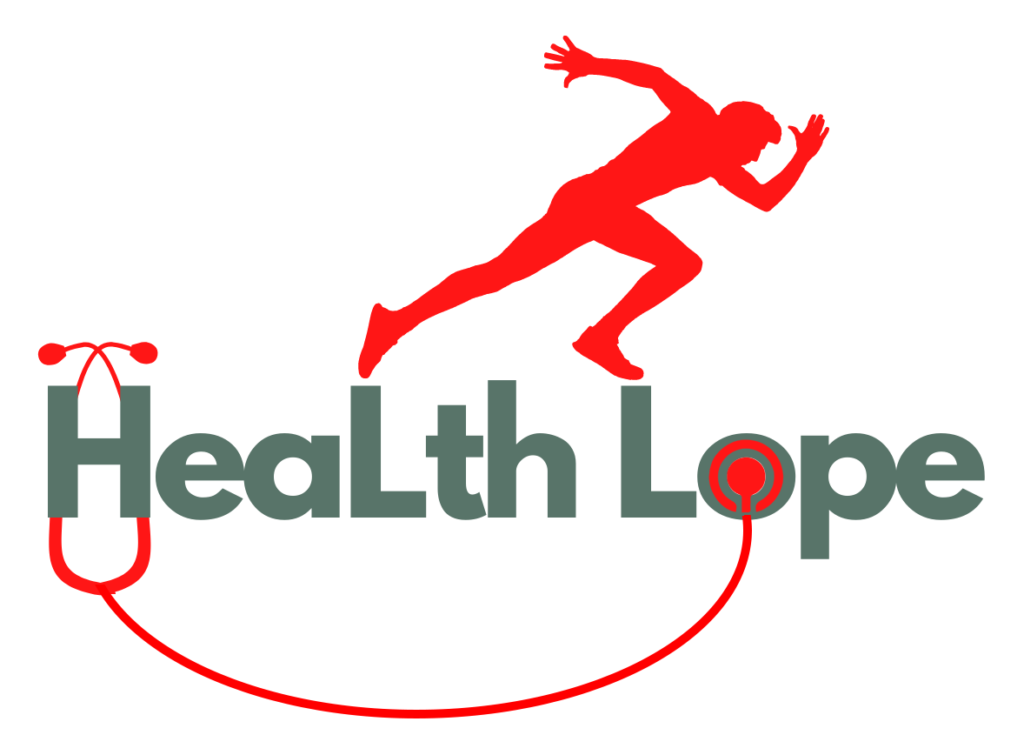
Overview:
Dysphagia is a medical term that sometimes refers to a sign. It is most common in older people and babies. Here is all the brief Knowledge and complete information about dysphagia, including its risk factors and treatment. Let’s begin.
What is dysphagia?
Dysphagia is a term that refers to “ difficulty in swallowing.” It refers to the sensation of the strenuous movement of solids or liquids from the mouth to the stomach. Inadequate swallowing mechanisms or a lack of pharyngeal sensation cause this condition. However, the signs and symptoms are distinguished from odynophagia ( painful swallowing) and phagophobia ( psychogenic dysphagia).
Classification of dysphagia:

Dysphagia is classified into the following four classes. Signs and symptoms of dysphagia vary according to their types or classes.
- Oropharyngeal dysphagia
- Esophageal and obstructive dysphagia
- Neuromuscular symptom complexes
- Functional dysphagia
Risk factors:
Dysphagia is the risk factor for many types of incidents and disorders. Food provides nourishment and energy to the body, so the difficulty in swallowing gives rise to many other complicated health issues. As we know, entry of mouth and air shares the same page, so any obstruction or difficulty in swallowing may disturb the everyday phenomenon of inhalation and expiration, and patients are at a high risk of
- Pulmonary respiration
- Aspiration pneumonia
- Silent aspiration
- Kidney failure
- Malnutrition
Also Read: Tongue Thrust in Children
Signs and symptoms:
The Signs and symptoms of dysphagia are very prominent and make it easy for a health care professional to make diagnoses and move towards treatment plans. Individuals diagnosed with dysphagia usually have so much difficulty swallowing foods, the most prominent sign of having dysphagia is choking or swallowing. Despite it, some other most common signs and symptoms are mentioned.
- Choking
- Sore throat
- Pain when swallowing
- Gurgling
- Inability to swallow
- Lose weight
- Hoarse voice
- Heartburn
- Drooling
- Recurrent pneumonia
- Sensation behind breastbone
Causes of esophageal dysphagia:
Patients most commonly report esophageal dysphagia, which mainly involves any problem or blockage in the esophagus. When swallowing food, you may feel the sensation of food getting hung up or stuck in either the base of your throat or your chest, which refers to esophageal dysphagia. The common causes of esophageal dysphagia include:
- Achalasia: Failure of lower esophageal muscle to relax properly
- Spasm: I,e poor coordination of esophagus.
- Esophageal structure, i.e., the narrower esophagus, may result in dysphagia.
- Foreign body: i.e., food or other small objects may become logged in the throat.
- Tumors: i.e., esophageal tumors
- GERD: i.e acid reflux in esophageus
- Scleroderma, i.e., development of scar-like tissue
- Radiation therapy: i.e., Treatment through radiation may result in scarring of the esophagus.
Causes of oropharyngeal dysphagia:
When esophageal muscles become weak due to various conditions, food movement from the mouth to the throat becomes difficult. It may result in choking or coughing when swallowing liquid or solid food. Food that enters the windpipe ( trachea) may lead to pneumonia. The causes of oropharyngeal dysphagia are as follows.
- Neurological disorders: i.e., Neurological damage like multiple types of sclerosis, Parkinson’s disease, and muscular dystrophy.
- Zenker’s diverticulum: i.e., A small pouch just above the esophagus that collects food particles may cause difficulty swallowing.
- Cancer: Tumors and cancers may lead to it.
Diagnosis:
Diagnosis of dysphagia depends upon signs and symptoms, some physical examination, and lab tests. The healthcare provider may ask the patient about symptoms, such as any difficulty in swallowing, or a speech-language pathologist will examine the patient to determine the exact location of the problem in the swallowing process. Diagnosis helps guide treatment. The following diagnostic procedures are also mentioned.
- Swallow study: A speech therapist administers food of different consistency, like solid and liquid, to check which causes difficulty or a problem in swallowing.
- Barium swallow test: The patient is told to swallow the barium-containing liquid. The radioactivity of barium in X-rays helps the doctor determine muscle activity in the esophagus.
- Endoscopy: it is performed by a doctor to look down into the esophagus and is often followed by a biopsy
- Manometry: It involves determining pressure change while the esophagus’ smooth muscles work.
Treatment of dysphagia:
Treatment depends greatly upon its type. Also, the doctor’s concern is the patient’s age. Treatment options are mentioned as follows.
- Swallowing therapy is performed using language and speech to give ways of swallowing.
- By diet: In severe cases, doctors may recommend a liquid diet full of necessary nutrients to provide energy to the body.
- Feedthrough tube: In severe conditions, a feeding tube is inserted to bypass the standard swallowing mechanism.
- Dilation: inflating a balloon in the throat dilates the esophagus
- Botox: Botulinum toxin paralyzes stiff muscles and reduces muscle constriction.
Treatment by surgery:
In the case of dysphagia caused by throat blockage or extreme narrowing of the esophagus due to bony outgrowths, vocal cord paralysis, GERD, achalasia, or pharyngoesophageal diverticulum, the healthcare team suggests the patient consider surgery. The treatments through surgery are different and depend upon the cause; here are some examples.
- Laparoscopic Heller myotomy: Doctors recommend this type of surgery for people with achalasia to facilitate food movement by cutting the muscles at the lower end of the esophagus.
- Esophageal dilation: This procedure dilates the esophagus by inserting a balloon into the throat and inflating it to remove constriction.
- Peroral endoscopic myotomy (POEM): A doctor makes an incision in the inner lining of your esophagus by inserting an endoscope through your mouth.
- Stent placement: Doctors insert a metal or plastic stent to prevent the blocking or narrowing of muscles in the esophagus.It may be temporary or permanent.
Bottom line:
Dysphagia, i.e., difficulty swallowing, is a disorder with multiple causes and types. It is a severe disorder that can sometimes cause life-threatening conditions by blocking or choking the trachea or esophagus; therefore, you should consider it seriously. Healthcare providers suggest treatment plans based on the patient’s age and the severity of the disease. Newborns and older people often face this problem and receive appropriate treatment to prevent worsening.



